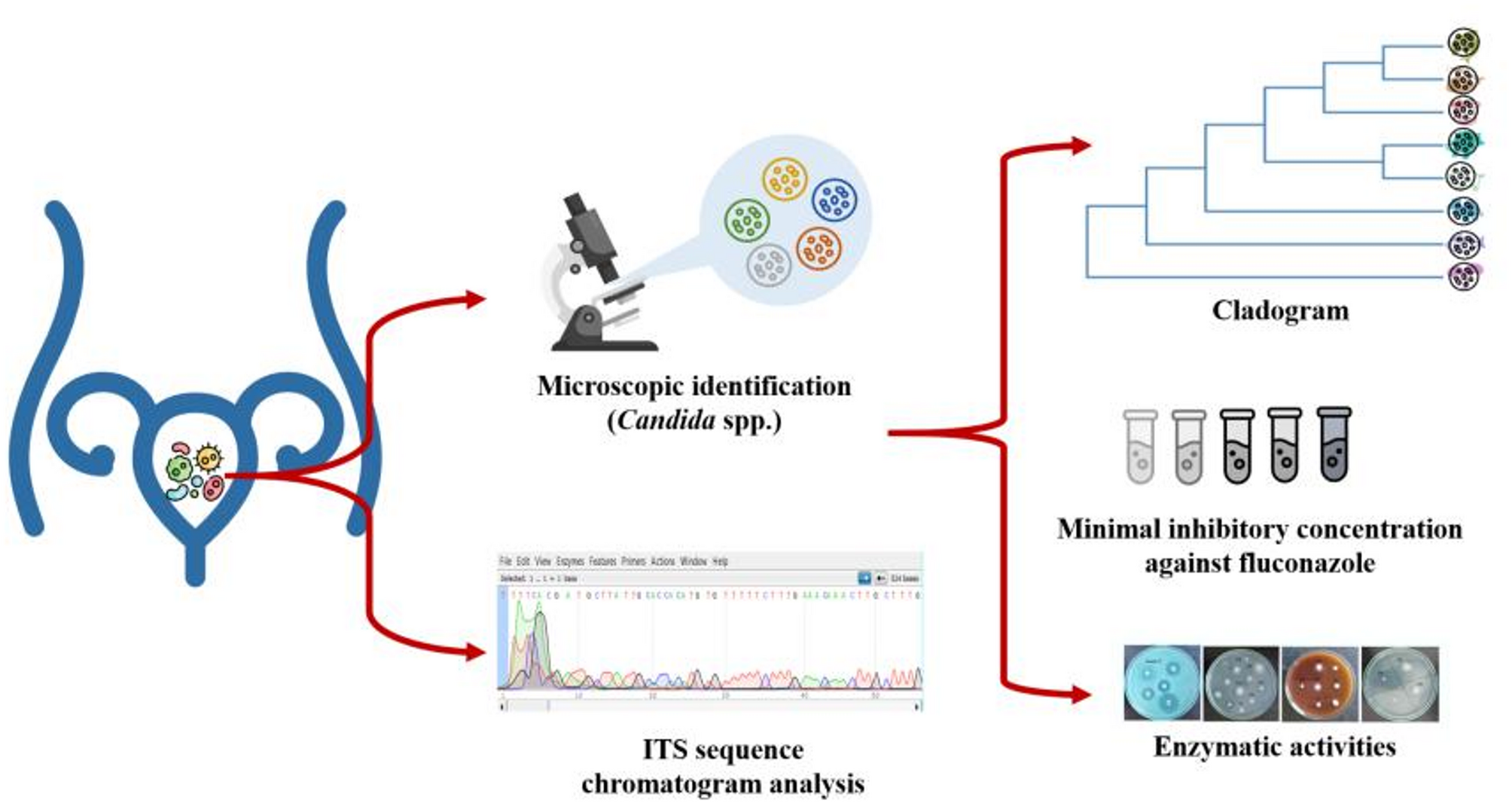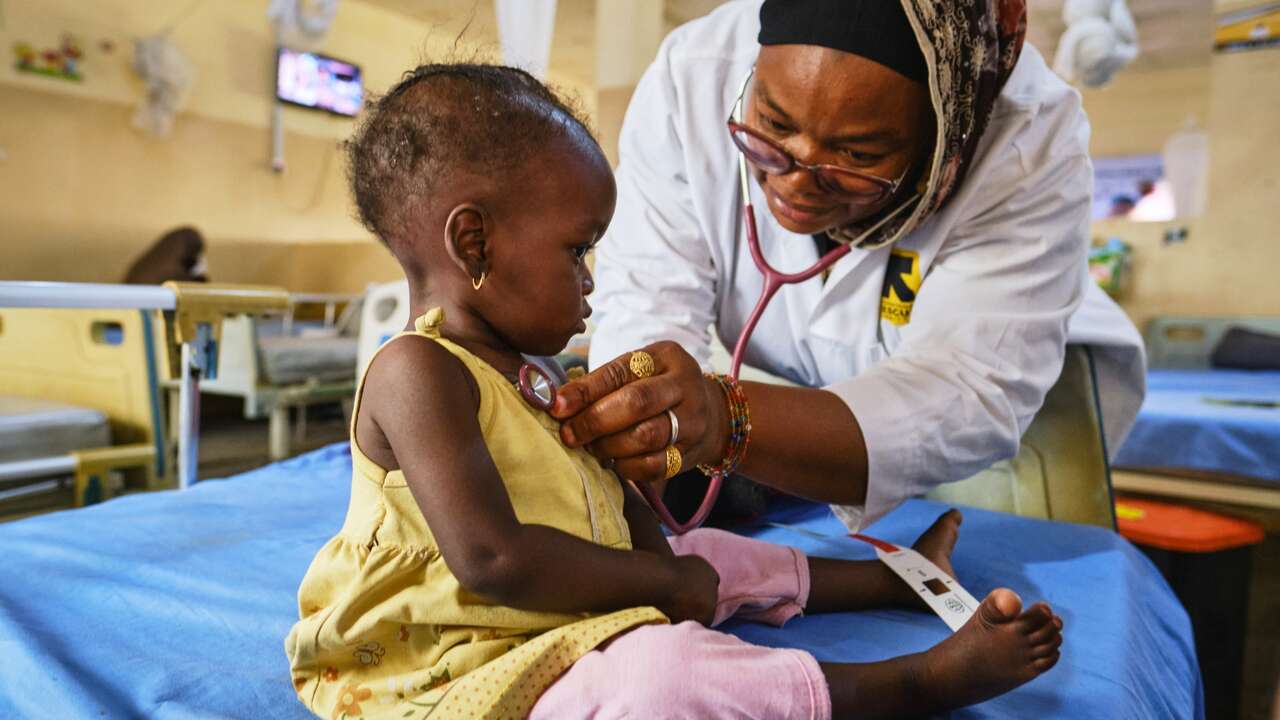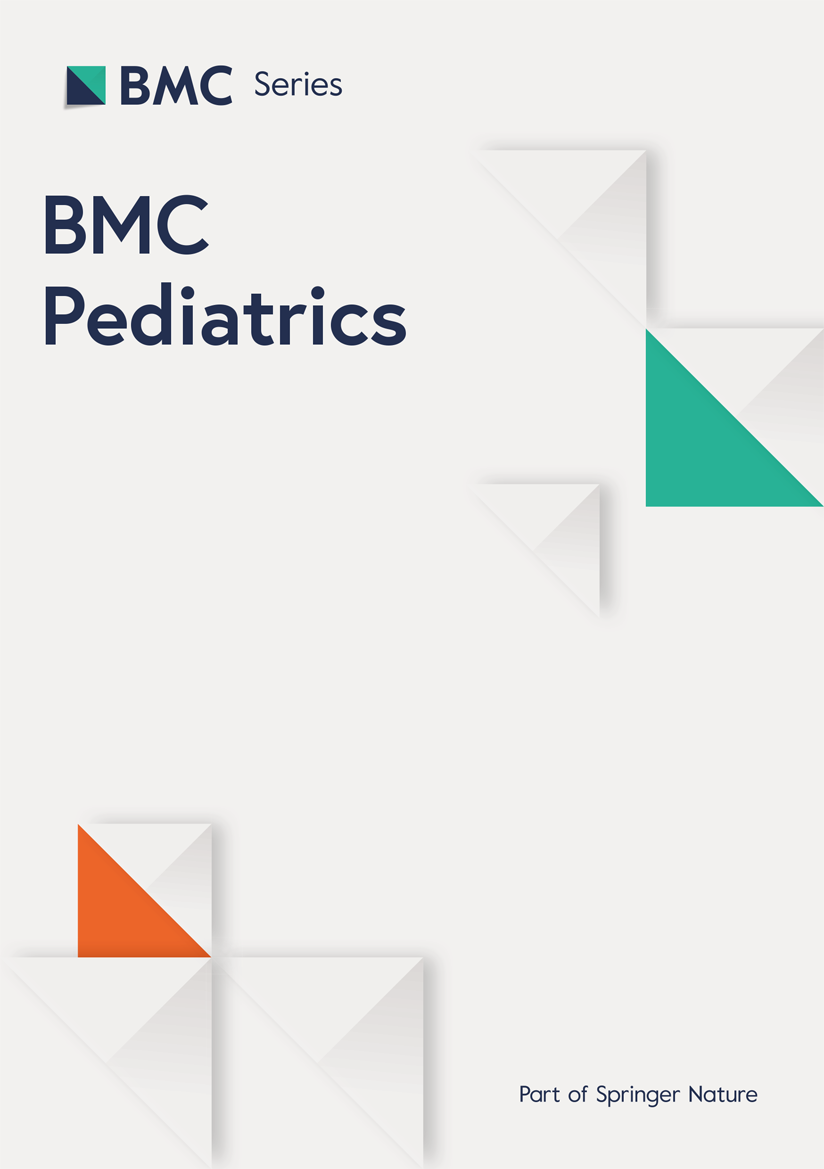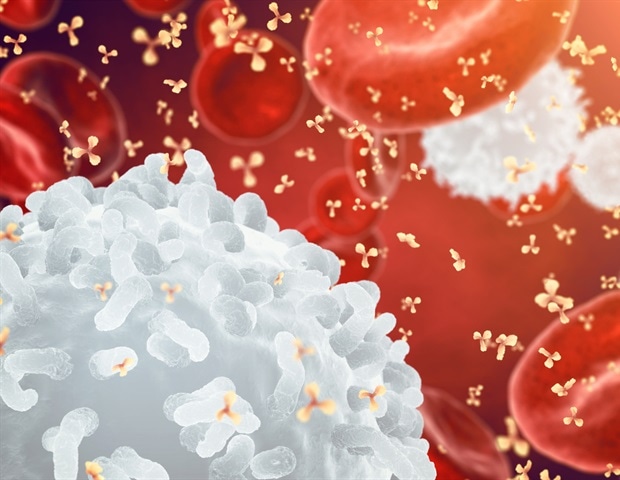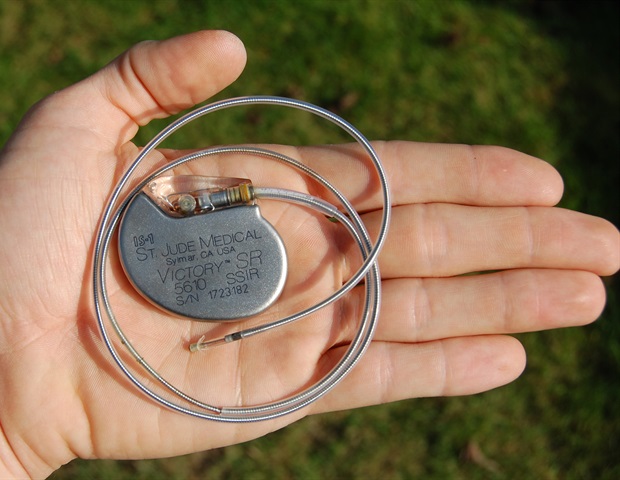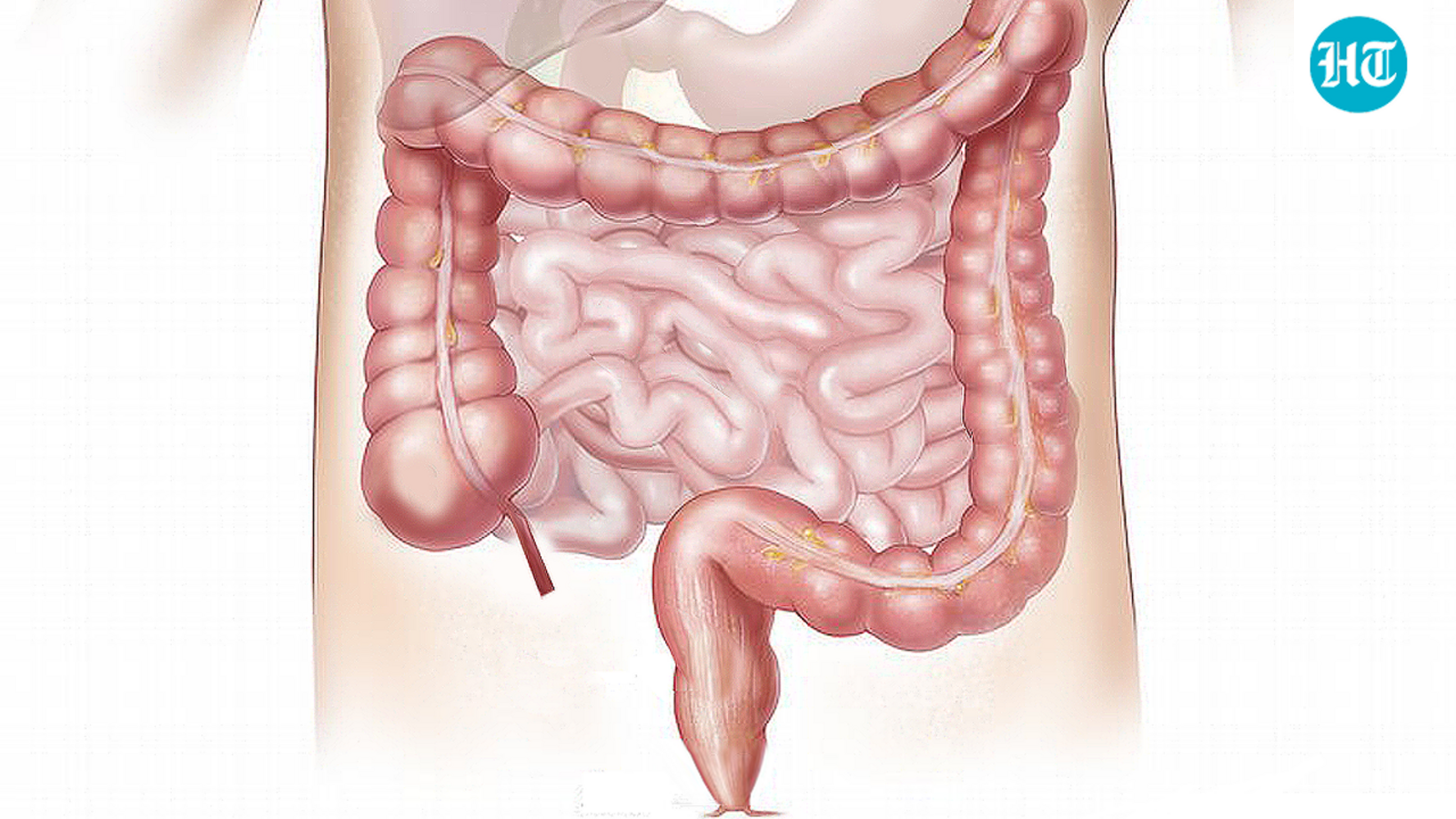Androgenetic alopecia, also known as male pattern baldness or female pattern hair loss, is one of the most widespread causes of hair thinning in both men and women. While topical minoxidil is an approved therapy, its limited ability to dissolve…
Berlin, Germany, October 9, 2025 — As delegates from around the world and across the private sector and civil society gather for the 2025 World Health Summit, the Reaching Every Child in Humanitarian settings (REACH) consortium has…

